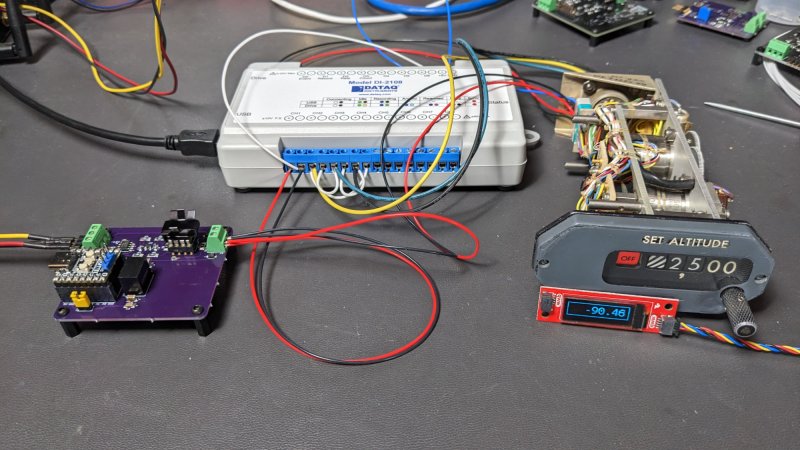Not a Pot, Not an Encoder: Exploring Synchros for Rotational Sensing

We’re all familiar with getting feedback from a rotating shaft, for which we usually employ a potentiometer or encoder. But there’s another device that, while less well-known, has some advantages …read more Continue reading Not a Pot, Not an Encoder: Exploring Synchros for Rotational Sensing
